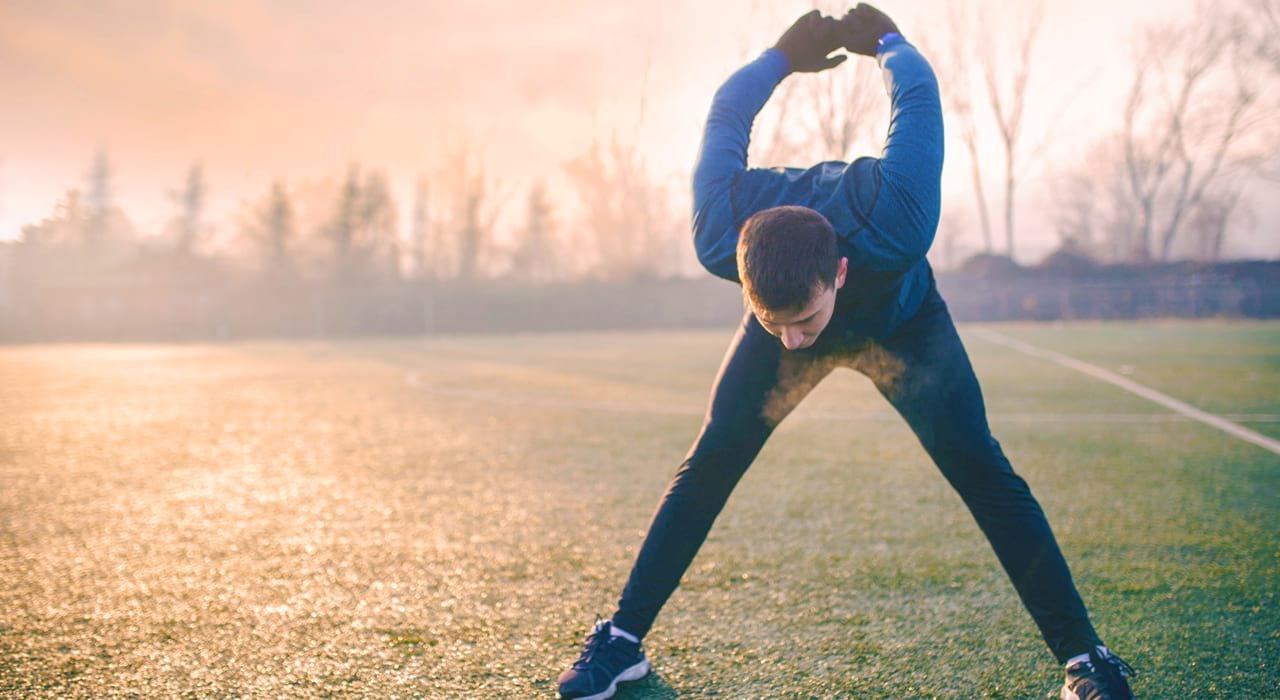Thought gluteus maximus was a character in Gladiator? Don’t be an ‘ass’, here’s how to keep your rear-wheel drive on the road.
Pure power, that’s what can be achieved with a set of well-developed glutes. Just look at the different gluteal development on sprinters compared to long-distance runners. Activities like sprinting, climbing and squatting are aided by a good pair of rear muscles – which consist of the gluteus maximus, gluteus medius and gluteus minimus.
The gluteus maximus is the largest and most superficial of the three. It is used in hip extension and lateral hip rotation. The ‘g-max’ helps power the body upward and forward from a position of hip flexion, as in rising from a squat or sprinting forward. It also acts to stabilize the hip during planting and cutting actions to the opposite side, as in football and soccer.
The gluteus medius is divided into three portions: anterior, middle and posterior. The anterior and middle portions assist in the initiation of hip abduction (away from body). The anterior portion abducts and medially rotates the hip. It also aids with hip flexion. The posterior portion is involved with abduction, extension and lateral rotation of the hip. It also stabilizes the hip and pelvis during weight-bearing activities – so it’s one of your best pals when you’re pumping iron.
The smallest gluteal muscle is the gluteus minimus, which also aids hip abduction and medial rotation.
Preventative Exercises
Gluteal strains can occur due to overuse, muscle imbalance or tightness. More severe tearing of the muscle can also occur from greater forces placed on the muscles. To help prepare the glutes for battle, try these simple exercises.
Gluteal/piriformis stretch
Lie on your back and put your left foot flat on the floor. Cross your right leg over your left leg so the ankle rests on your left knee. Grab behind your left knee and gently pull toward your shoulder. Hold for 30 seconds on each leg for two to three sets.
Foam roller gluteal release
Sit on a foam roller with the fleshy part of your buttock on top. Gently roll back and forth or side to side to release tight spots in the muscle. Increase or decrease pressure by using one or both legs at a time.
Quadruped hip extension
Begin on your hands and knees and stabilize your spine by contracting your abs. Tense your right glute and lift that leg up until your thigh is parallel to the floor. Return to the start position and do 15 reps for two sets then swap sides.
Glute bridges
Begin on your back, both feet flat on the ground, hip-width apart. Next gently tense your abs and hold it while you raise your hips. Keep a straight back. Lower to start position and do two to three sets of 10–15 reps.
Find nutrition and health tips to help you maintain your gains and more in every issue of TRAIN magazine.
Image credit: Lance Goyke







